Ah yes. 'Tis the season for performance evaluations, everyone's favorite time of the year. So I thought I would weigh in on some of what we at WISE consider best practices in terms of motivating teachers to go the extra mile in motivating and challenging their students to excel in science, math and technology. This is also a post intended to support administrations who ask the important question, "how can we effectively support and motivate change and improvement in our science programs." One very simple supporting answer (though clearly not one that will stand alone) is, "unequivocally tie compensation to the fulfillment of your goals." So since this is the time of the year to make amendments to compensation plans, here are our suggestions.
Let me start this post by admitting that I am a BIG fan of performance-based pay despite die-hard opposition from most teachers' unions. And before you tenured folks get all excited, let me also say that what I am proposing is how merit BONUSES should be applied, and not that some portion of a teacher's regular base salary be variable based on performance (though in the long run, I do think that might also be worth considering).
As we have begun to work with a range of schools, we at WISE have observed that one of the biggest challenges in updating science education practices is that even many of the most capable teachers find themselves operating in an environment of changing goals and motivations. Clear and unambiguous direction is often rare given that school administrations are themselves also struggling with rapid changes in technology practice and what they mean for science and technology education.
So the purpose of this post is to offer some suggestions for updated criteria upon which to base merit bonuses, along with some rationale behind each area of assessment.
What I will offer here is a starting proposal with the fundamental goal of aligning teacher compensation with the WISE mission of extending and enriching science education. In effect, I am proposing that you pay teachers extra compensation for doing extra work outside of their traditional classroom lecture obligations. More work is rewarded with more pay. Pay extra for stuff they are not already doing. They seem like a simple concepts, but we find them out of reach in many schools.
Assessment Criteria:
- How effectively does the teacher invest students with interest and joy in scientific discovery?
This is probably one of the single biggest opportunities for improvement. Subject matter skills and test taking facility pale into insignificance when the students are driven out of science programs and away from life-long science literacy. The goal is to financially motivate faculty to make their classroom and lab activities engaging and compelling. (Note that many teachers will respond that they can do this if they sacrifice efforts to improve test performance, but I would counter that the first requirement doesn't go away and they are already being paid for that one. If they can also accomplish this goal, they can get extra pay.)
Measures:
- Student survey answers to the question "did this science class make you more or less inclined to take another science class?"
- How many of that teacher's students actually signed up for a subsequent science class?
- Bonus percentages should be granted both for high scores, and year-over-year improvement.
- How many hours did the faculty invest in supporting extra-curricular science activities, and how many students did the teacher recruit into said activities?
Science fairs and Olympiads, robotics contests, regular and long-lasting work in WISE labs, internships, or anything that involves the students in science outside the classroom are fundamental to taking textbook lessons and realizing how they are applied to and relevant in the outside world at large.
Measures:
- Count the number of hours invested
- Count the number of mentored student entries in contests and fairs
- Bonuses should be offered for both high scores and for year-on-year improvement
- How many hours of professional development in improving the teacher's scientific, technical, and research skills were undertaken over the school year?
The goal here is to improve teachers' scientific literacy and get them to accrue experience in participating in scientific research and technical development such that they can bring these skills and activities back to their home schools. Note that this goal is NOT intended to offer compensation for educational programs or in-services on how to TEACH something. The idea is to breed teachers who are also scientists and role models and mentors in that capacity.
Measure:
- Count the number and extent of research or development sabbaticals
- Offer bonuses for both strong performance and year-over-year improvement.
- How effectively and regularly has the teacher collaborated and communicated with other teachers in planning and coordinating classroom and lab activities.
This goal is probably one of the most important and foundational goals. One of the single biggest barriers to broad improvement is isolated teachers in isolated classrooms. Anything that can get them collaborating and brainstorming to promote honest and non-threatening peer assessment and support is a good thing.
Measure:
- This one requires that both peers and supervisors regularly evaluate the effectiveness of each teacher's team contribution.
- How effectively have your lesson plans and lab activities been updated to include:
- the latest computerized data sampling, analysis, and publishing practices, and
- open-ended activities which offer consistent opportunities for creativity and innovation
- opportunities for student collaboration and teamwork
Measures:
- This one is probably the most difficult to evaluate, and requires that a mentor-class teacher or administrator regularly observe and review class and lab practices. In a way, in order for this assessment to be practical and fair, the communications and collaboration goal needs to be fulfilled first.
=========================
How to weight the different criteria:While all of the above criteria are important, and often new, goals for many teachers, some are more important than others. Some in particular, are foundational for others. The relative weights should also be adjusted to account for particular needs, deficiencies, and strengths of each unique science department at each unique school.
But for programs that are starting this sort of program for the first time, I can recommend a relative weighting:
Let me start by saying that if any one teacher accomplishes all these goals with panache, it should be worth a 20% bonus in salary, because it would take at LEAST 20% more time to pull it off, and in all likelihood, a lot more time than that. Moreover, the impact and benefits to the students would far exceed any expense. I'm also very much a member of the "Aim for the stars, hit the fence-post, aim for the fence-post, hit the mud" school. ASPIRE to do it all, but make it rewarding to do well in even a few of these areas.
If you start with a home-run award of 20%, I would divide the 20% max bonus across each of the above areas weighted something like:
- Students interest, joy, ongoing science participation: 4%
- Student extra-curricular science participation: 4%
- Teacher's scientific professional development: 3%
- Teacher collaboration, teamwork, communication: 6%
- Technical lesson plans and lab updates: 3%
I would also recommend flexibility in giving extra awards for truly exceptional and noteworthy efforts in any one area, even if other areas come up short.
One other important point is that this proposal is not intended to be a straight-jacket, but rather a template and a starting point for what should be a living document that evolves with the trusting contribution and support of both faculty and staff. It should evolve as a school's needs evolve, and amended where and as necessary to reflect what works and what doesn't.
Finally, I realize that this scheme will raise all sorts of very reasonable questions and concerns from both faculty and administrations. Questions like, "where are we supposed to find the cash to pay science teachers 20% bonuses?" (note that an average bonus is likely to much less than 20%) Or, "how am I supposed to know where to find summer research opportunities for myself or my students," or "How can I best update my lab equipment and practices?"
Just know that WISE exists specifically to answer these questions and support these policies both in practice and financially. Ask away! Challenge us! Let's debate the best processes we can develop!
As always, comments, suggestions, challenges etc... all welcome and encouraged!
How many of you science, math and technology faculty would sign up to undertake some of these challenges with the prospect of a healthy 20% bonus?
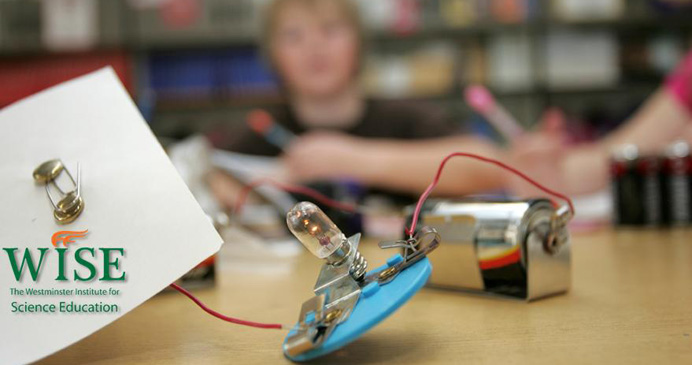
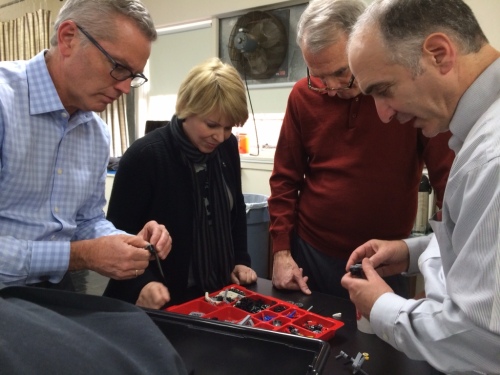
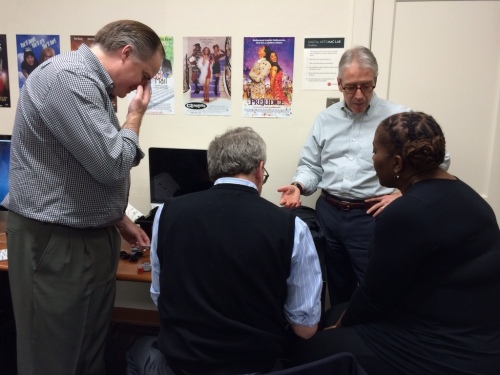
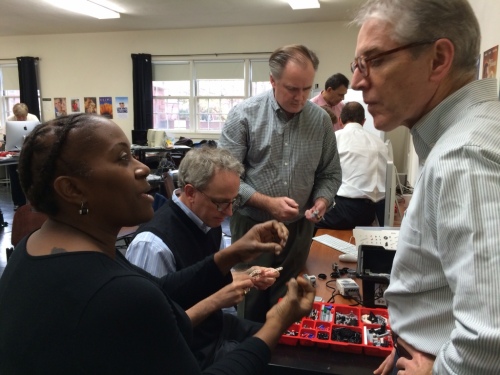
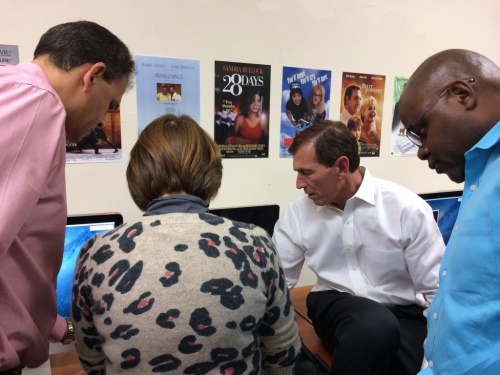
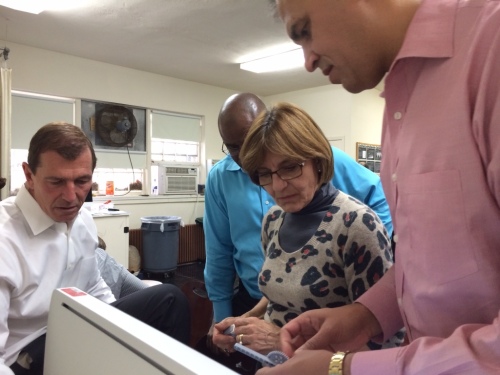
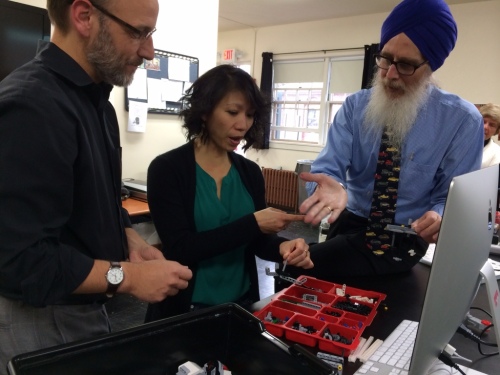
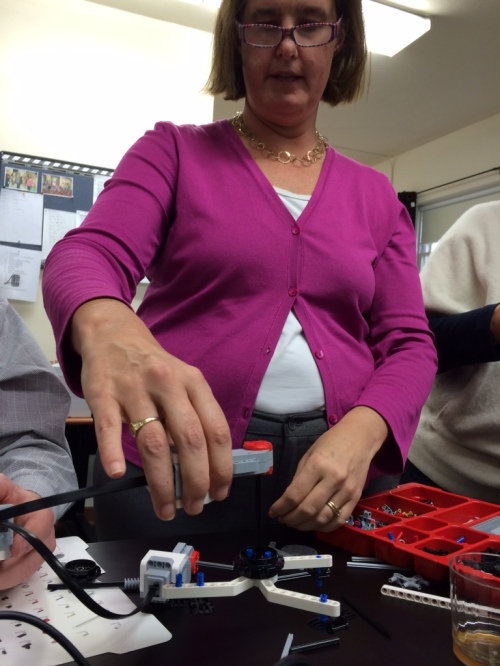
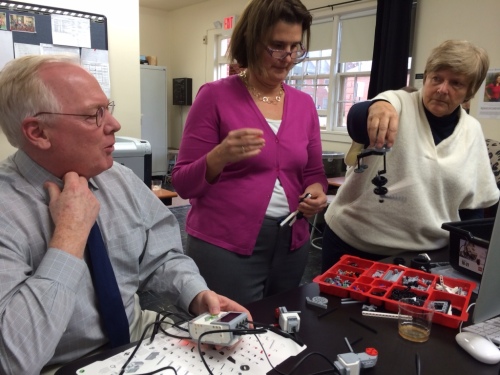
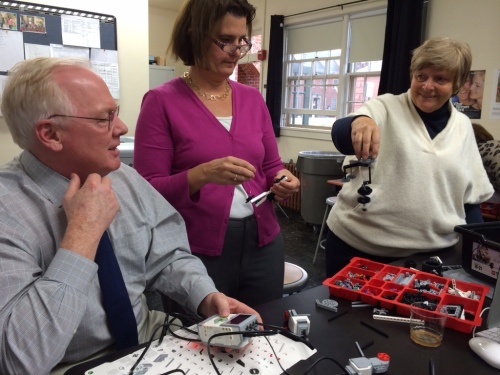

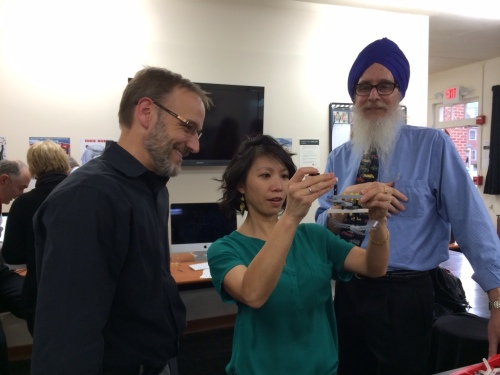

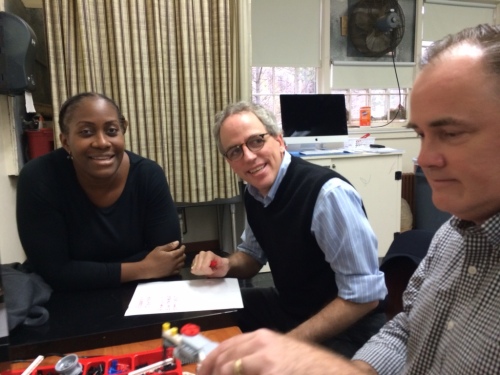
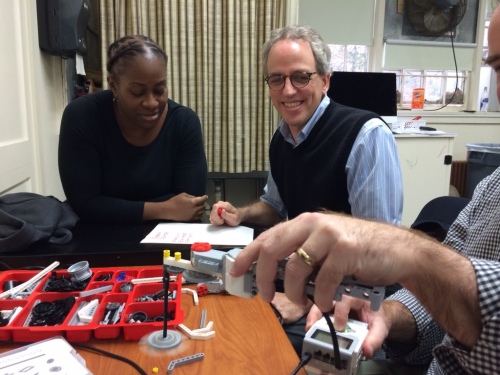
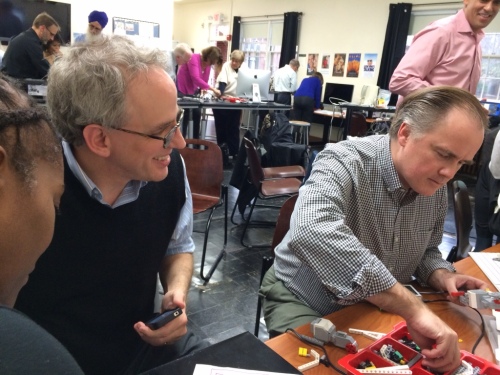

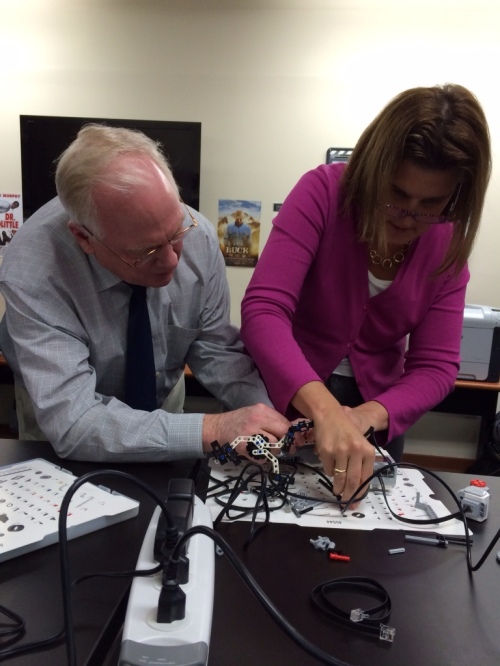
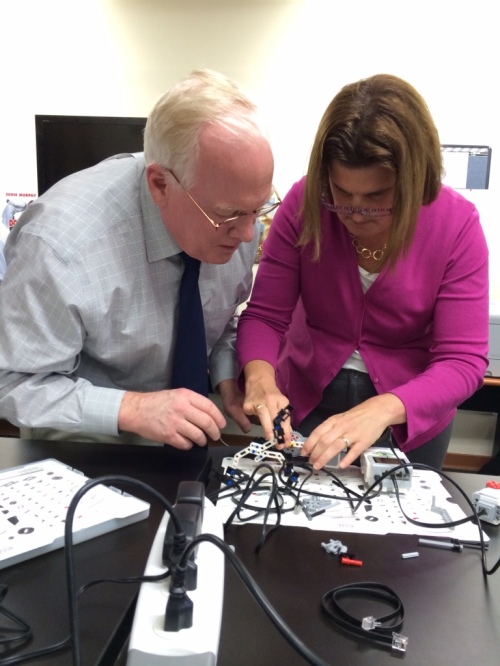
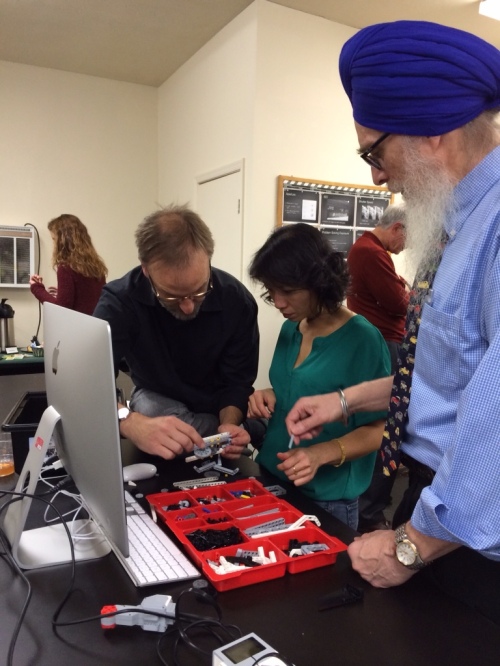
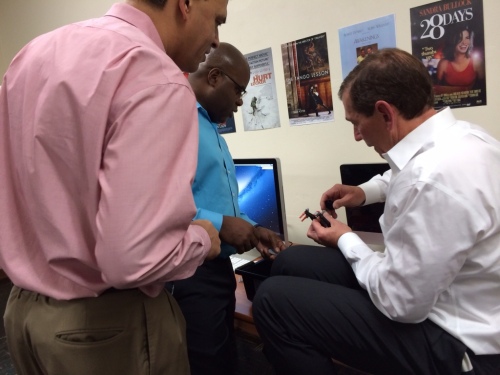
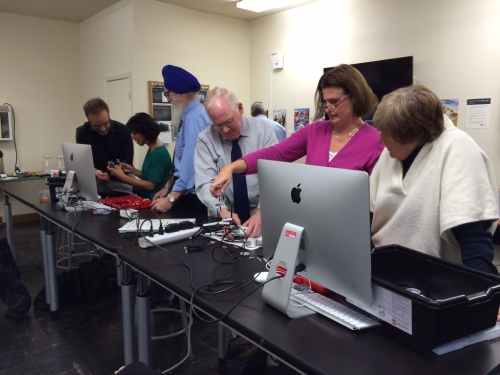
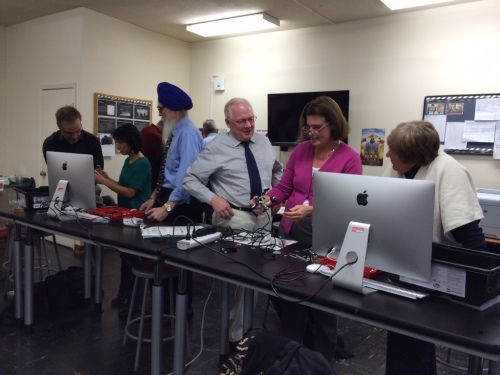
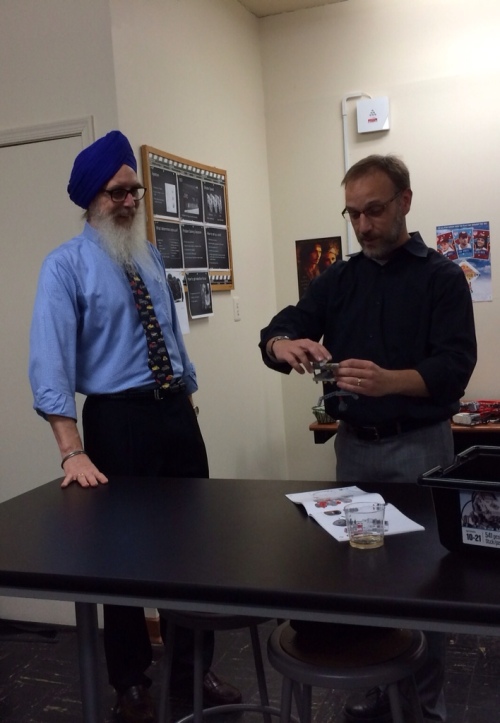
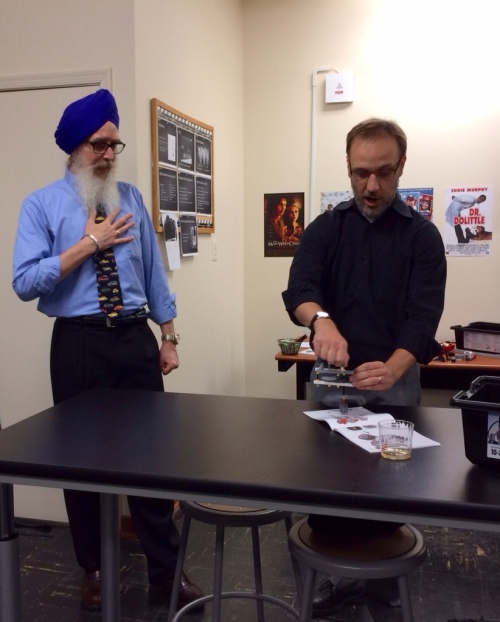

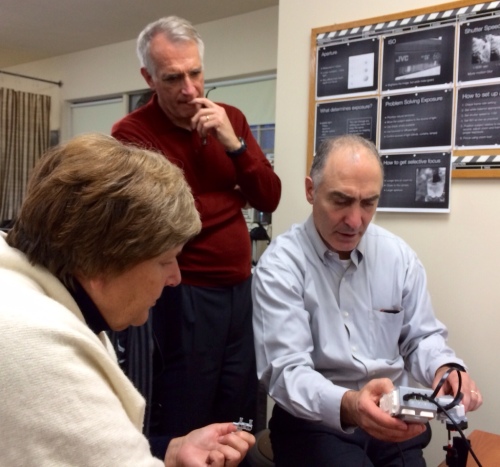










 Phillip Alvelda
Phillip Alvelda Chris Harrow
Chris Harrow Jennifer Wilbur
Jennifer Wilbur Maureen Miller
Maureen Miller Chanley Small
Chanley Small

